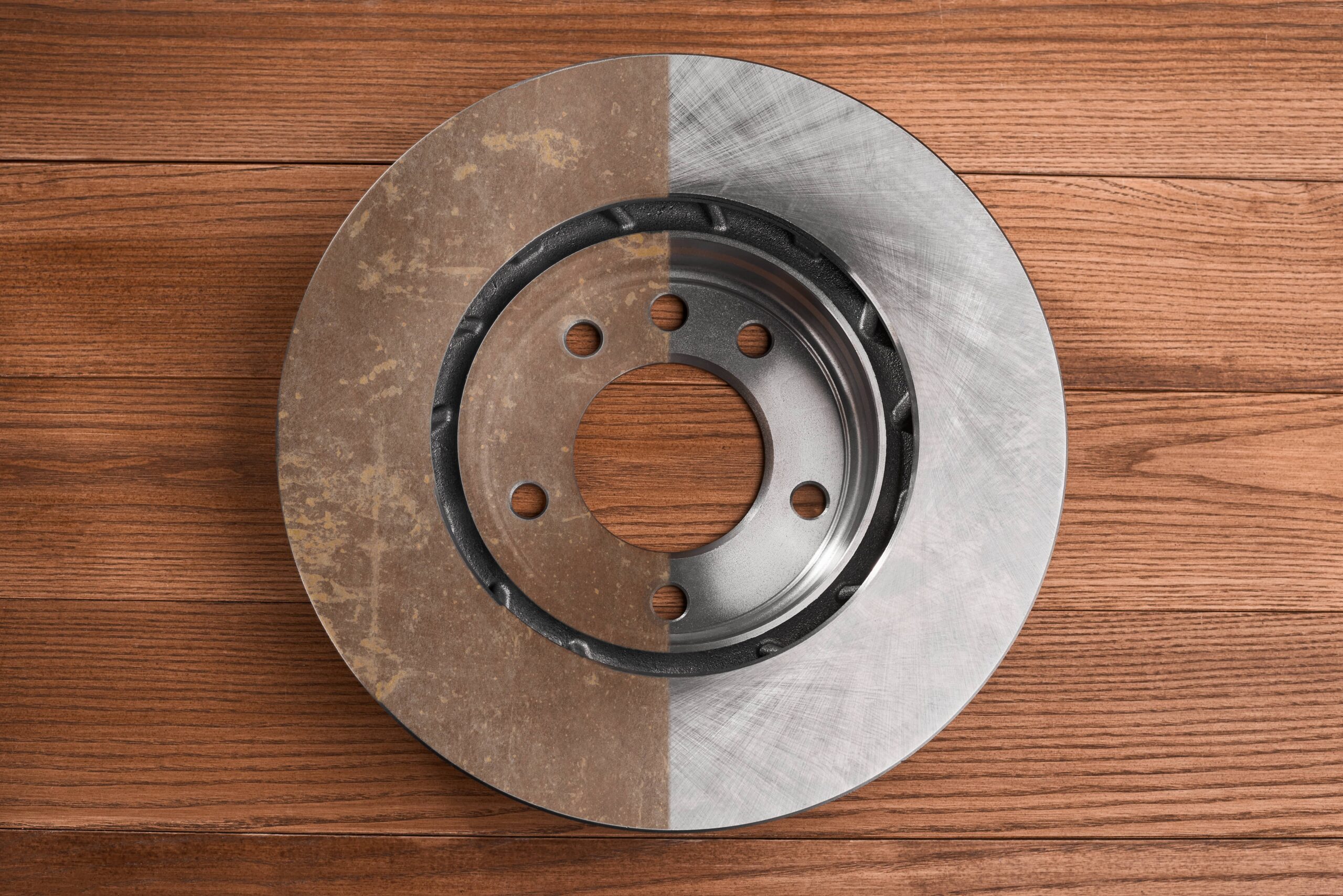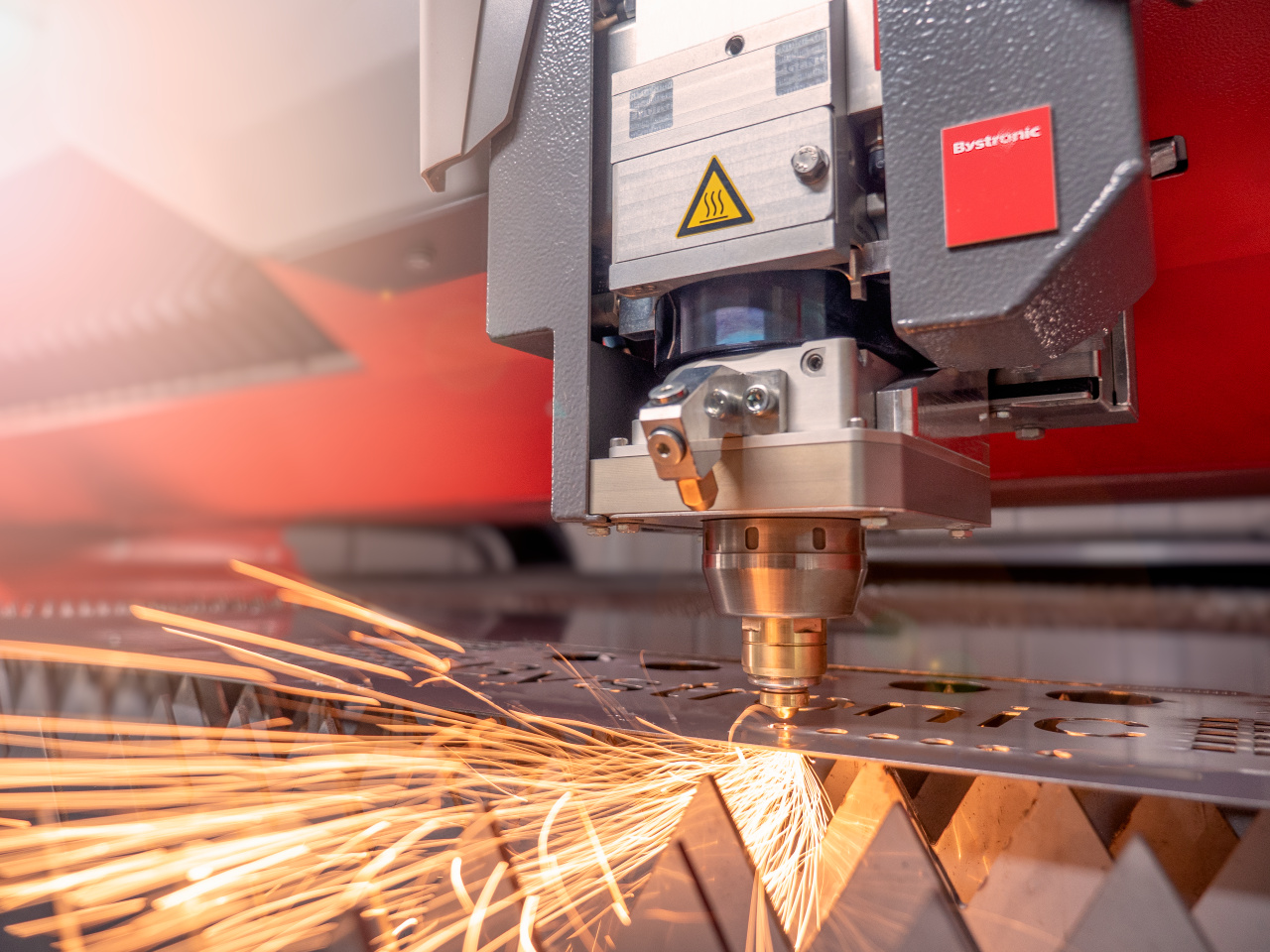Design & Manufacturing: The Ultimate Guide to Sheet Metal Fabrication
Metalwork and sheet metal fabrication are industries that have been around in some form or another for hundreds of years! Modern sheet metal fabrication involves a range of metal fabrication techniques and can use many different types of sheet metal. In fact, it’s one of the most versatile production processes on the market today.
Because of how versatile the processes and techniques associated with sheet metal fabrication are it is easy to get confused! That’s why we’ve created this guide to all the basics of sheet metal fabrication, what it means, the different stages of the process and what fabrication services can be used for!
To find out more keep reading or get in touch with Salamander Fabrications! Our expert team are on hand to help with any questions you might have or to help you get started on your next sheet metal fabrication project.
What is Sheet Metal Fabrication? What does it mean?
Sheet metal fabrication is the creation of metal structures using a range of techniques.
Sheet metal fabrication can be used as quite a broad term that encompasses several different production processes. When you hear the term “sheet metal fabrication” it can be referring to one of two things:
- The entire fabrication process, which features a range of different steps and processes to create metal products.
- Any of the steps within the manufacturing process including cutting, punching, bending, welding, assembly, powder coating and other forms of metal fabrication.
The purpose of this type of manufacturing is to produce a wide range of different parts for use in a wide range of industries. To assemble these components both small and large, techniques like welding are often used to create strong bonds and ensure that they remain intact during their lifetime.
Sheet Metal Fabrication Uses
One of the biggest advantages of sheet metal fabrication is the sheer number of products and parts that can be created! While there are some restrictions on what can be done the vast majority of the designs we receive can be created using sheet metal fabrication processes!
As a precision sheet metal fabrication company we work with companies in hundreds of different sectors including transportation (automotive and aerospace), construction, health and safety, food processing, science and technology, consumer, retail and leisure, to name just a few!
Custom sheet metal fabrication can be used to produce products which require mass production and high volume, but also incredibly technical, precise, and complex metal products which makes sheet metal services incredibly versatile. The high level of precision combined with the high level of efficiency makes sheet metal one of the most diverse and popular methods of production for many organisations and suppliers.
Sheet Metal Fabrication Techniques – the Stages of Production
Sheet metal fabrication services can be easily tailored to the needs of whatever project it is we’re working on.
As we’ve discussed, there are several different steps involved in the steel metal fabrication process, which helps fabricators to create a wide variety of different objects, from bespoke screws, hinges and components to larger structures like sheet metal enclosures and other custom sheet metal parts, as well as meeting the design specifications for thousands of different products.
Some projects will only require the input of metal fabricators for one or two stages of the process, while others will require end-to-end production, from design to delivery.
Designing
The design stage is the first step in any sheet metal fabrication project. Starting with a comprehensive design process helps to set any project up for success. Concept design for metal components is usually done using digital design software like CAD design. This is an area we specialise in at Salamander Fabrications, and we have a wealth of industry experience to draw on when it comes to creating quality bespoke designs.
CAD designs can show the shape, size, colour, and dimensions of a finished product in both 2D and 3D formats, taking many careful design considerations into account. However, CAD engineering design also contains a wide range of technical data and requirements which are compatible with advanced manufacturing solutions and machinery. This means that when designs are approved, they can be instantly input to CNC laser cutters and punching/bending machines, speeding up the production process significantly.
In addition, bespoke design briefs like these contain information on the sheet metal materials to be used (mild steel, aluminium alloys, yellow metals etc.), as well as the processes needed to create the product, tolerances and dimensions of each of the product parts, and any assembly services required.
The success of the entire project rests on the quality of the design so it’s incredibly important to get it right – from design to prototyping – before moving on to manufacturing services.
Laser Cutting and Metal Punching
Laser cutting and punching are the processes that allow our team of fabricators to turn metal sheets into templates that can then be bent, pressed and welded into their final form. We work with a variety of materials, including mild steel, stainless steel, aluminium sheets and some yellow metals. We can also work with a wide range of metal thicknesses, in line with the designs of your product.
Laser cutting uses fibre or CO2 lasers to cut out shapes or cut holes, forms and spaces in metal sheets. This sets out the key forms and shapes of the pieces of metal and does it quickly, cleanly and smoothly.
A metal punch is another one of the metal fabrication tools at our disposal. It works similarly to laser cutting in many ways but uses mechanical means to get the job done rather than using a laser.
Using both laser cutting and punching technologies in-house allows us to carry out every job in the most efficient way possible, which helps us maintain a competitive price.
Bending and Press Brakes
Once sheet metal has been cut it is then bent and folded to create 3D structures from 2D sheets of metal.
CNC press brake machines are used to accurately bend and shape the metal into the right dimensions before they are welded together.
Welding
Welding is the stage of the process that takes multiple pieces of metal and combines them to create complete metal structures, for example, securing large sections of sheet metal together or applying fasteners to metal materials.
For smaller, more precise elements of metal fabrication, spot welding can be used to create multi-piece metal structures.
Assembly
The assembly stage of a sheet metal fabrication project is often one of the most complex steps and needs an experienced assembly department to ensure the safety of products with electronic components. As well as the installation of electrical components, the assembly stage also includes:
- Quality testing
- Electrical safety testing
- Secure packaging
- Delivery to the customer
Complex assembly should only ever be carried out by experts with the skills to install electromechanical parts and ensure the longevity of these products once they leave the metal fabrication plant.
Powder Coating
Powder coating is one of the last steps in the process of sheet metal fabrication. Not all metal structures need powder coating but it can be used to help prevent wear or corrosion of steel and aluminium, particularly if structures are going to be used in outdoor environments or cold and damp environments.
During the powder coating process, an electrostatic powder is applied to the metal pieces and is then heat cured. The result is a hard-wearing and waterproof coating to the metal which comes in a range of surface finishes.
Powder coating can have a matte finish or gloss finish and comes in almost any colour you could choose, which also makes it perfect for “branding up” structures to be used in stores and offices, or for promotional materials.
The Sheet Metal Fabrication Process with Salamander Fabrications
At Salamander Fabrications our experienced team are professional sheet metal fabricators, passionate about exceptional quality standards and great British manufacturing.
We’re experts in the combination of quality alongside economical production methods for our customers whether we’re carrying out large-scale production, batch production jobs or bespoke, technical projects. We know how effective steel, aluminium and other sheet metals can be when it comes to creating a durable product that is fit for purpose every time.
To learn more about sheet metal fabrication and how our dedicated operations team can help bring your products to life, please don’t hesitate to get in touch! Our friendly team are always on hand to help kickstart new projects and get you the products you need.


